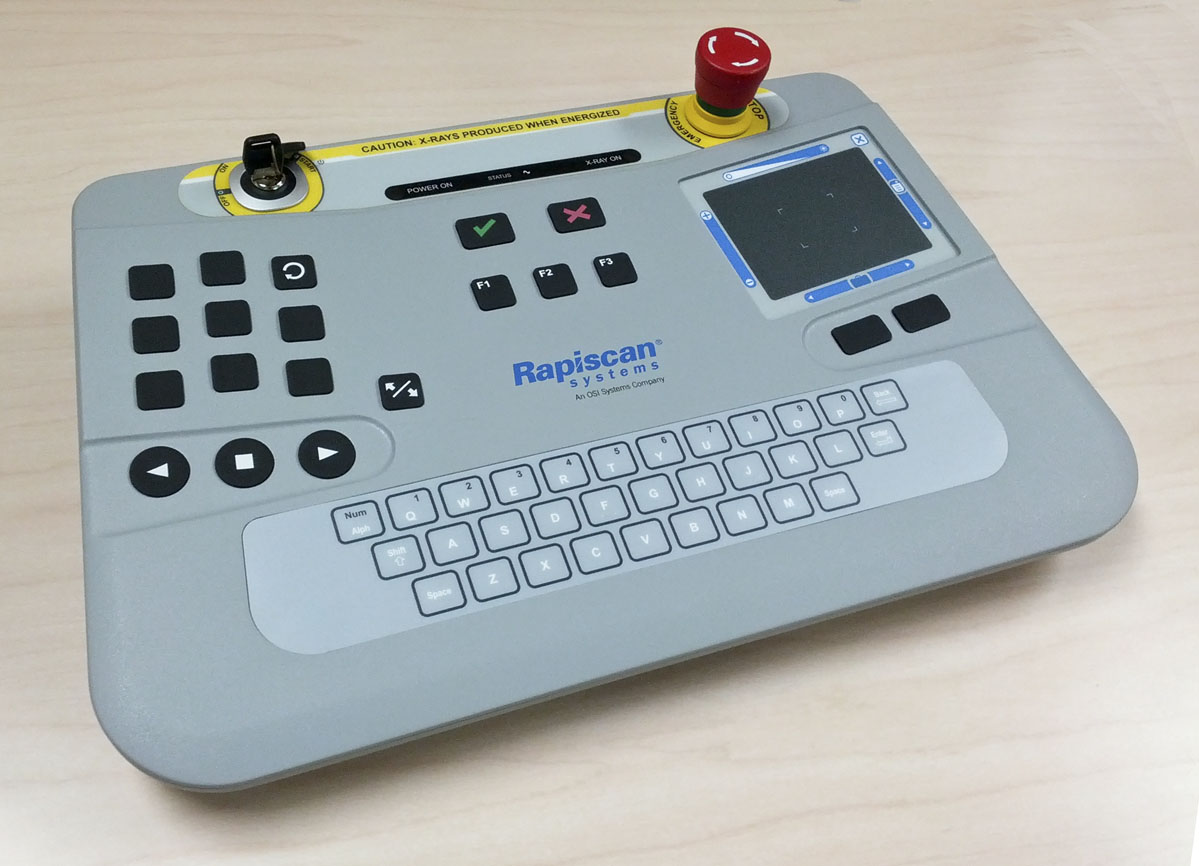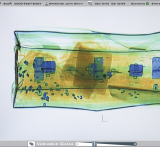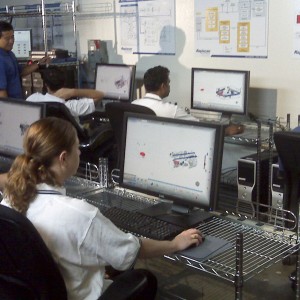
Rapiscan’s RTT80 3D Operator User Interface
Rapiscans RTT 80 volumetric computed tomography luggage scanner acquires such high resolution 3D images that it created a unique challenge. When operators are presented with too much information it slows them down, not enough and it reduces accuracy. Along with ingenious algorithms that separated the clutter from the areas of interest, we developed tools that automated redundant tasks and "entertained" the operators. Usability is properly an iterative process. To design a UI that satisfied a myriad of international specifications and to acquire both quantitative and qualitative data, we had to embark on extensive usability studies of screening professionals. Working closely with the software engineers and end users, we invented screening tools never used before in the industry. The result is a TSA certified operator user interface that reduces false alarm rates, screening times, and improves efficiency.
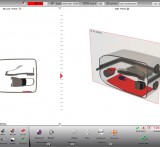
Rapiscan’s RTT80 3D Operator User Interface
User Interface
GE’s Volumetric CT Scanner GUI
Extensive operator usability studies were required to realize the 3D volumetric tools necessary to screen so much data rapidly. The combination of the proven 2D CT scan images and the latest 3D volumes created a unique interface that at first seemed to slow the operators down as they became enamored by the added information. It took months of iterative designs before the data proved quantitative. The challenges were in satisfying the myriad of specifications, minimizing clutter, and introducing new tools never considered in the industry. Through the diligence of the team we eventually realized a successful product, gained TSA certification, and surpassed the competition through proven result driven data.
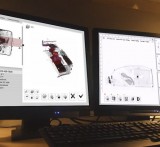
GE’s Volumetric CT Scanner GUI
User Interface
VIP Kiosk Passenger User Interface
How did we get a broad demographic of passengers to stand still for 14 seconds while their shoes were being scanned for explosives? We conducted multiple, real-time usability studies, on-site with real passengers at several different airports. We quickly discovered visual prompts alone were not enough, but a combination of subtle sounds, and the distraction of five carefully timed screening tasks did the trick. After multiple iterations we were able to successfully eliminate foot faults, reduce the need for personnel, all while achieving TSA certification.
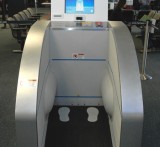
VIP Kiosk Passenger User Interface
User Interface
CTX 9000 GUI
The crystal clear cross section images of checked luggage provided by the CTX 9000 were, at the time, so cutting edge that the operators had to completely redefine their mental map of single view standard projection x-rays. Computed Tomography successfully shifted the paradigm of the screening protocol. The system was such a success that the TSA re-wrote their screening specifications documents based on the CTX9000's operator user interface. Many of those specifications are still used today. The clear cross section has become the standard for all EDS systems including the latest volumetric 3D UI! We began this project in '96 before standard heuristics and UX practices were well established. Notice the lack of icons in the UI. We later made significant changes as the UX industry evolved. The consoles flexible design allowed for iterative changes by simply replacing the polyurethane plastic overlays without the need for expensive tooling.

CTX 9000 GUI
User Interface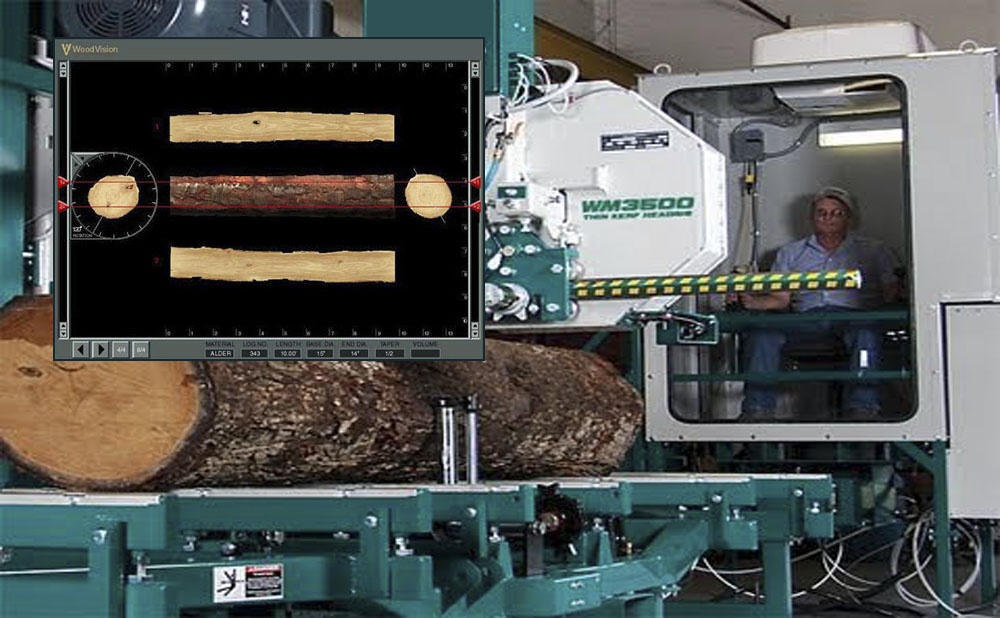
Wood Vision Virtual Sawyer
Before 9/11, InVision's stock was so low they decided to diversify by breaking into the lumber industries optimization sector. Invision purchased the optimization company, Inovec, and we studied the sawyer process to help us achieve our mission. After many prototype systems, we created the world's first Virtual Sawyer capable of identifying defects before cutting logs. This allowed premium hardwood companies to increase yield.
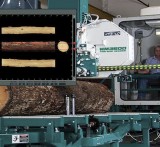
Wood Vision Virtual Sawyer
User Interface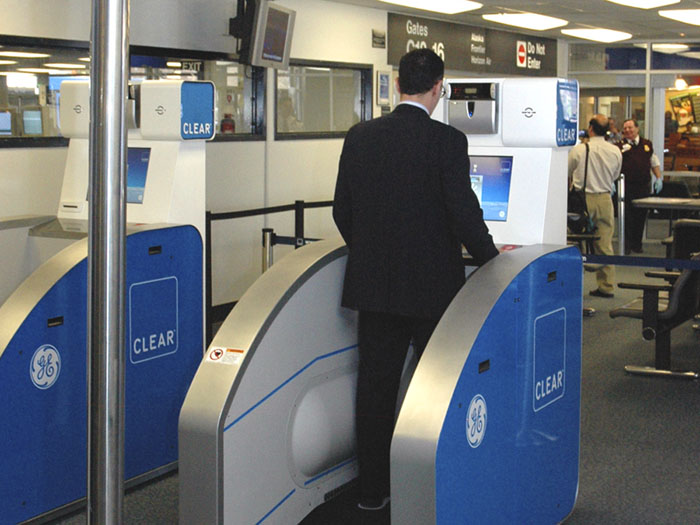
VIP Security Kiosk
With the cooperation of three separate companies utilizing four cutting edge technologies, in partnership with the TSA and several airports, the VIP program broke the paradigm of passenger checkpoint screening. Passengers who purchased a VIP pass and agreed to background checks could breeze through security without removing shoes or laptops. A retina and finger scanner verify the passengers identity while trace particles are sampled from the fingers and "quadra-pole" resonance bounce off the soles of the shoes searching for explosives. The prototype systems had to support continuous design iterations, rapid access and mounting of the technologies, all while on-site in airports. After extensive usability studies the pilot program proved successful and provided a valuable exercise for the long path to resolving the check point screening bottleneck.



